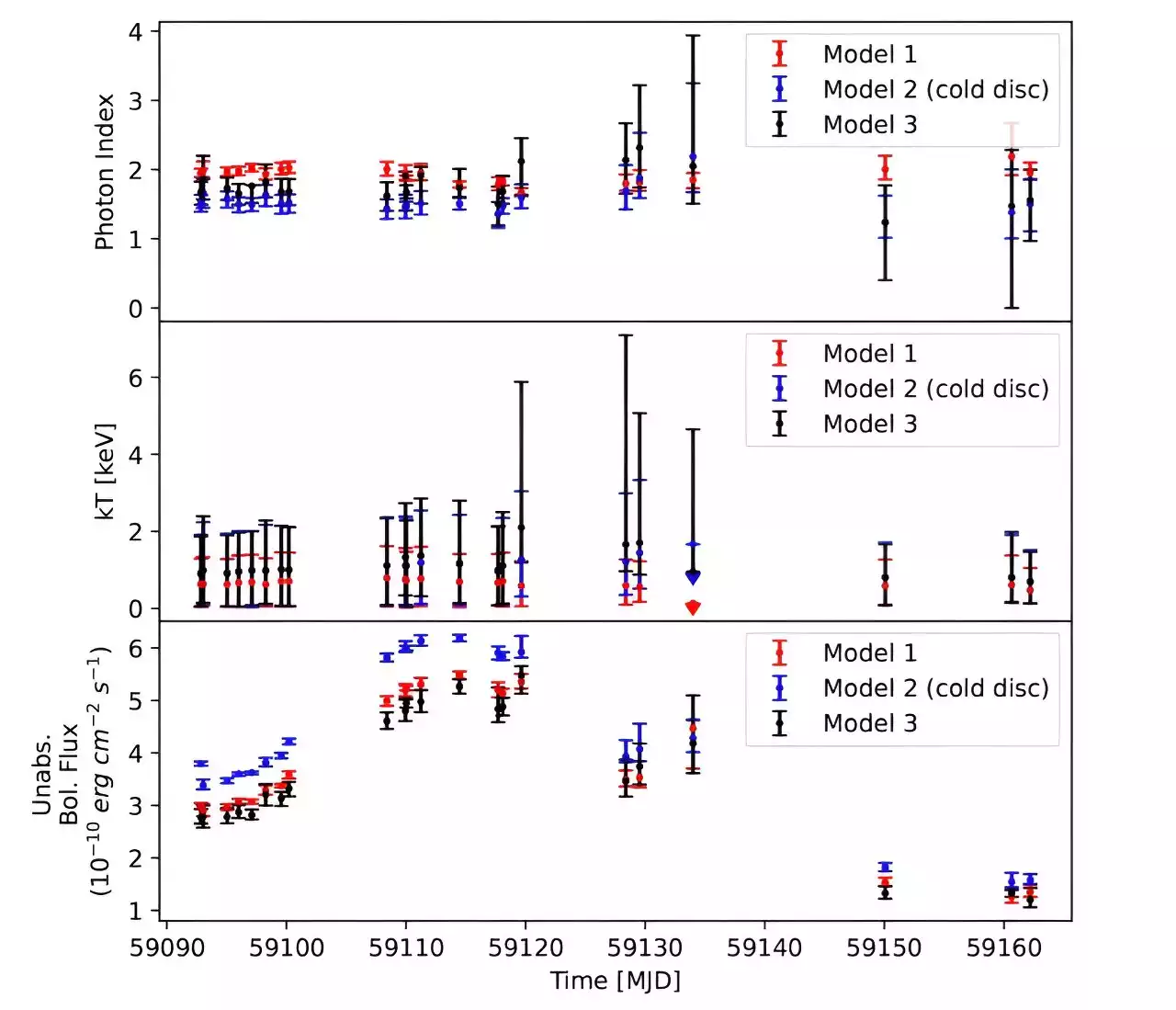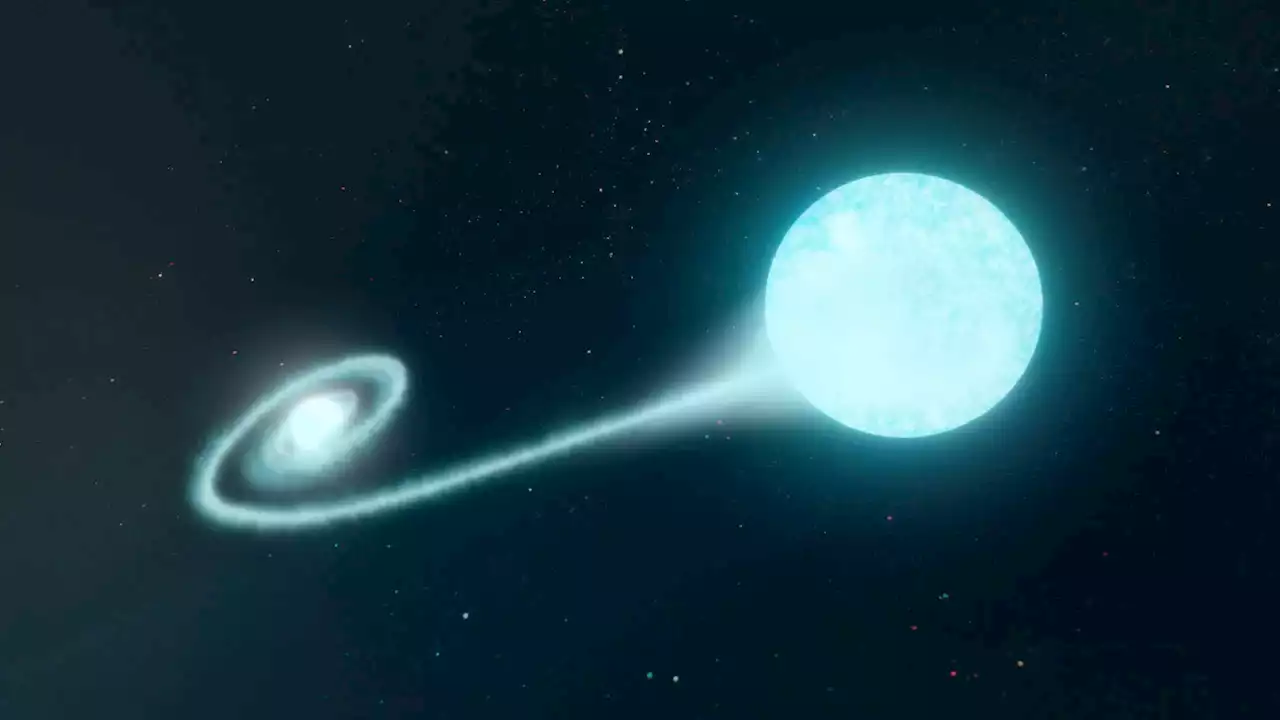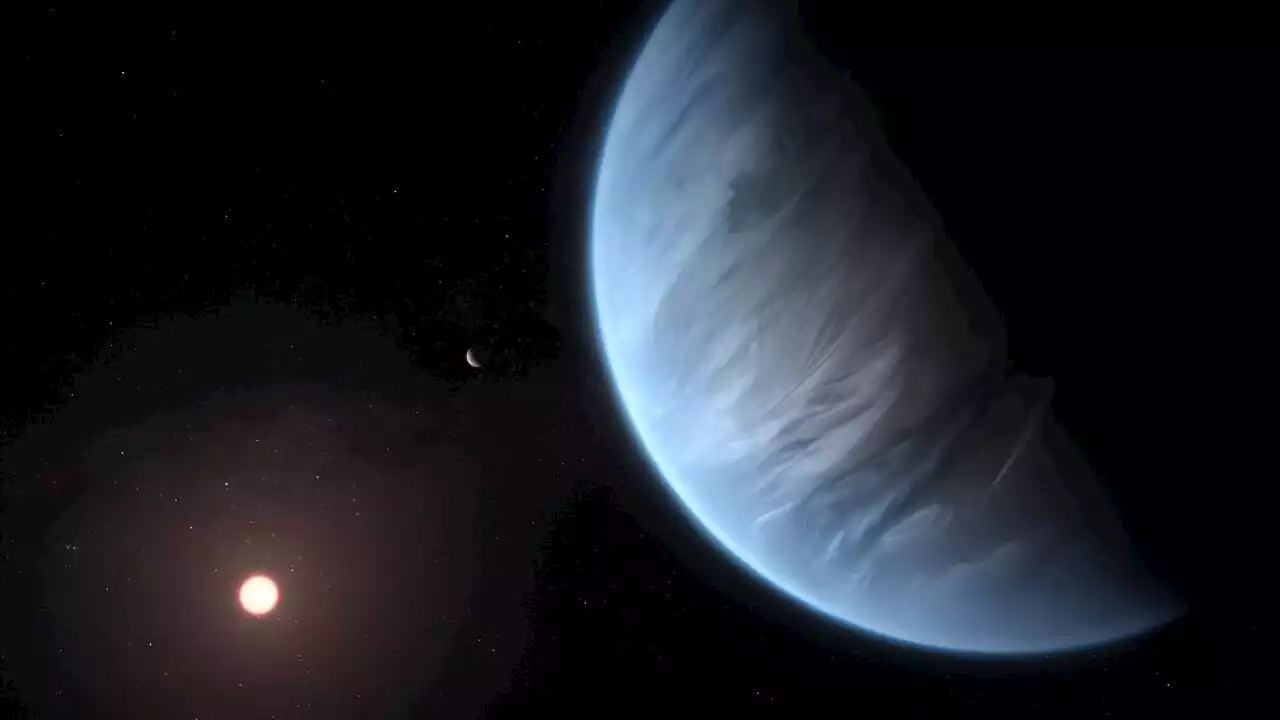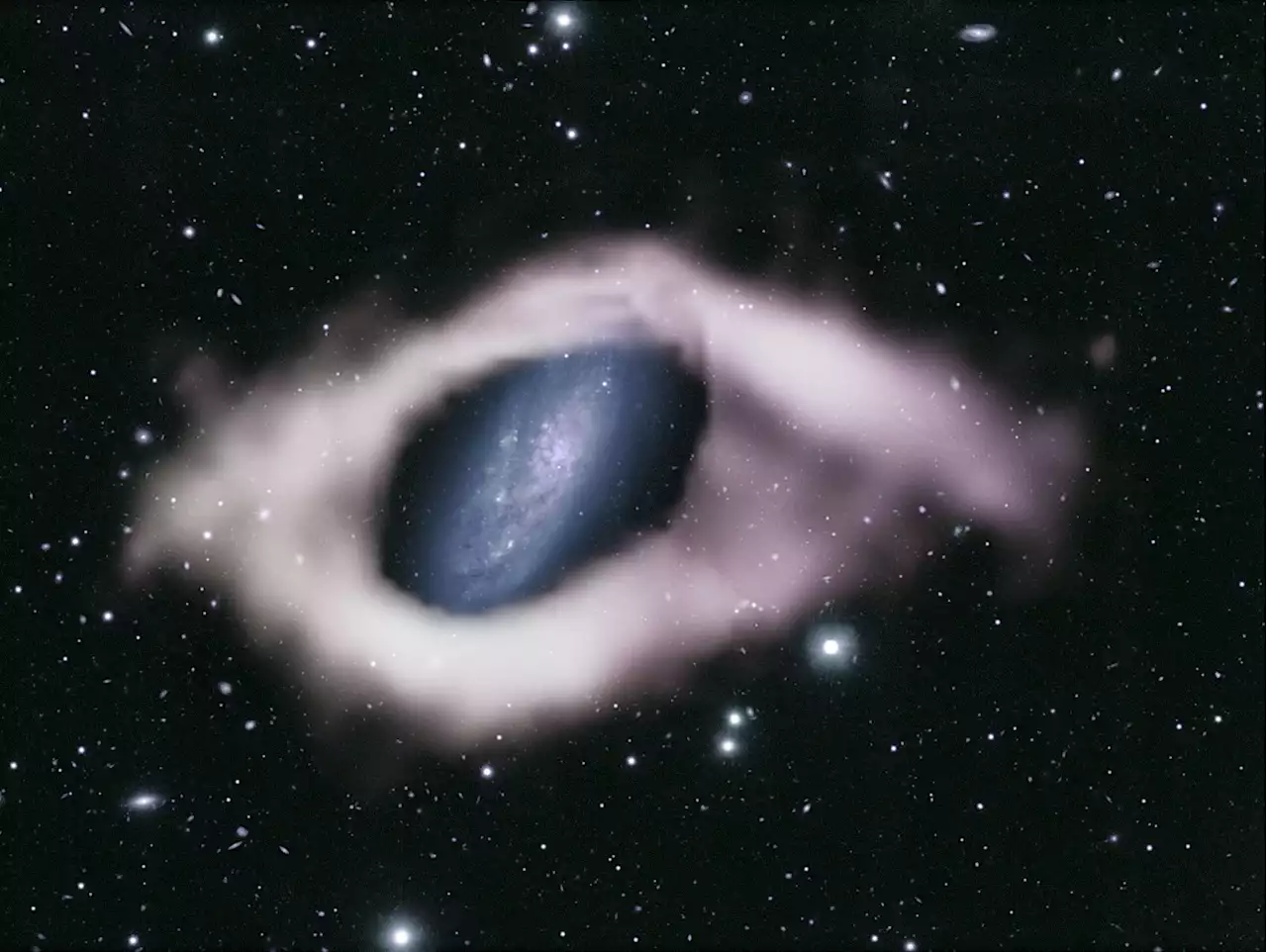Astronomers say they have spotted evidence of stars fuelled by the annihilation of dark matter particles. If true, it could solve the cosmic mystery of how supermassive black holes appeared so early
IN THE early days – and we are talking very early, not long after the big bang – the universe might have been littered with strange stellar monsters. Wide enough to engulf our whole
, these stars would be powered not by nuclear fusion, like a regular star, but instead by dark matter: specifically, particles of this mysterious stuff self-annihilating to fuel so-called “dark stars”., a theoretical astrophysicist at the University of Texas at Austin, first presented it at a conference in 2007, it didn’t go down particularly well. “I overheard some graduate students calling us crackpots,” she says.
Regardless, the concept of dark stars has stuck with Freese. Over the past 16 years, she and her colleagues have refined their understanding of these tantalising hypothetical objects. The problem was, finding evidence for them always seemed out of reach. Until recently, that is, because Freese and her colleagues have reported a potential sighting: unusual galaxies seen by a new telescope. “Maybe some of these objects aren’t really galaxies at all, but actually singular stars – dark stars,” says team memberEchoes of doubt still sound among other astronomers. “It’s a very controversial idea,” says, also at Colgate University, who led the team. But if they do exist, dark stars would not only be evidence for a specific kind of dark matter.
Australia Latest News, Australia Headlines
Similar News:You can also read news stories similar to this one that we have collected from other news sources.
 Why The Earliest Galaxies Are Sparking Drama And Controversy Among AstronomersThe James Webb Space Telescope is not only finding galaxies forming 200 to 500 million years after the Big Bang, but also that they are bigger and brighter than astronomers expected.
Why The Earliest Galaxies Are Sparking Drama And Controversy Among AstronomersThe James Webb Space Telescope is not only finding galaxies forming 200 to 500 million years after the Big Bang, but also that they are bigger and brighter than astronomers expected.
Read more »
 Turkish astronomers investigate open cluster NGC 2509Using data from ESA's Gaia satellite, astronomers from the Istanbul University have inspected a Galactic open cluster known as NGC 2509. Results of the study, published September 10 on the pre-print server arXiv, deliver important insights into the structural and astrophysical parameters of this cluster.
Turkish astronomers investigate open cluster NGC 2509Using data from ESA's Gaia satellite, astronomers from the Istanbul University have inspected a Galactic open cluster known as NGC 2509. Results of the study, published September 10 on the pre-print server arXiv, deliver important insights into the structural and astrophysical parameters of this cluster.
Read more »
 Astronomers investigate spectral evolution of XTE J1810–189Using the Neutron star Interior Composition Explorer (NICER) onboard the International Space Station (ISS), European astronomers have performed spectral analysis of a low-mass X-ray binary known as XTE J1810–189. Results of the study, available in a research paper published September 13 on the preprint server arXiv, shed more light on the spectral evolution of this system.
Astronomers investigate spectral evolution of XTE J1810–189Using the Neutron star Interior Composition Explorer (NICER) onboard the International Space Station (ISS), European astronomers have performed spectral analysis of a low-mass X-ray binary known as XTE J1810–189. Results of the study, available in a research paper published September 13 on the preprint server arXiv, shed more light on the spectral evolution of this system.
Read more »
 Unprecedented Radio Wave Detection From a Type Ia SupernovaAstronomers have, for the first time, detected radio waves from a Type Ia supernova, uncovering new clues about white dwarf explosions and their helium-rich environments. For the first time, astronomers have observed radio waves emitted by a Type Ia supernova, a type of explosion originating from
Unprecedented Radio Wave Detection From a Type Ia SupernovaAstronomers have, for the first time, detected radio waves from a Type Ia supernova, uncovering new clues about white dwarf explosions and their helium-rich environments. For the first time, astronomers have observed radio waves emitted by a Type Ia supernova, a type of explosion originating from
Read more »
 If astronomers see these chemicals in a planet's atmosphere, there's likely an advanced civilization thereIn an age of ever-growing numbers of exoplanets circling other stars, it's natural that astronomers search for signatures of advanced civilizations. Such signatures may have biological or technological origins.
If astronomers see these chemicals in a planet's atmosphere, there's likely an advanced civilization thereIn an age of ever-growing numbers of exoplanets circling other stars, it's natural that astronomers search for signatures of advanced civilizations. Such signatures may have biological or technological origins.
Read more »
 Polar Ring Galaxies Are Bizarre and Rare. Astronomers Just Found Two MoreMany galaxies resemble the Milky Way, with billions of stars organized into a rotating, rotating spiral. There are other irregular galaxies and giant elliptical galaxies with less defined structures, but one of the most bizarre types of galaxies is called 'polar rings.' In these galaxies, the central core is surrounded by a ring of gas and a star perpendicular to the central spiral disk. It's believed they're formed when a larger galaxy swallows a smaller one, extruding its stars into a ring. A recent survey revealed two previously unknown polar ring galaxies, which could be more common than previously believed.
Polar Ring Galaxies Are Bizarre and Rare. Astronomers Just Found Two MoreMany galaxies resemble the Milky Way, with billions of stars organized into a rotating, rotating spiral. There are other irregular galaxies and giant elliptical galaxies with less defined structures, but one of the most bizarre types of galaxies is called 'polar rings.' In these galaxies, the central core is surrounded by a ring of gas and a star perpendicular to the central spiral disk. It's believed they're formed when a larger galaxy swallows a smaller one, extruding its stars into a ring. A recent survey revealed two previously unknown polar ring galaxies, which could be more common than previously believed.
Read more »
